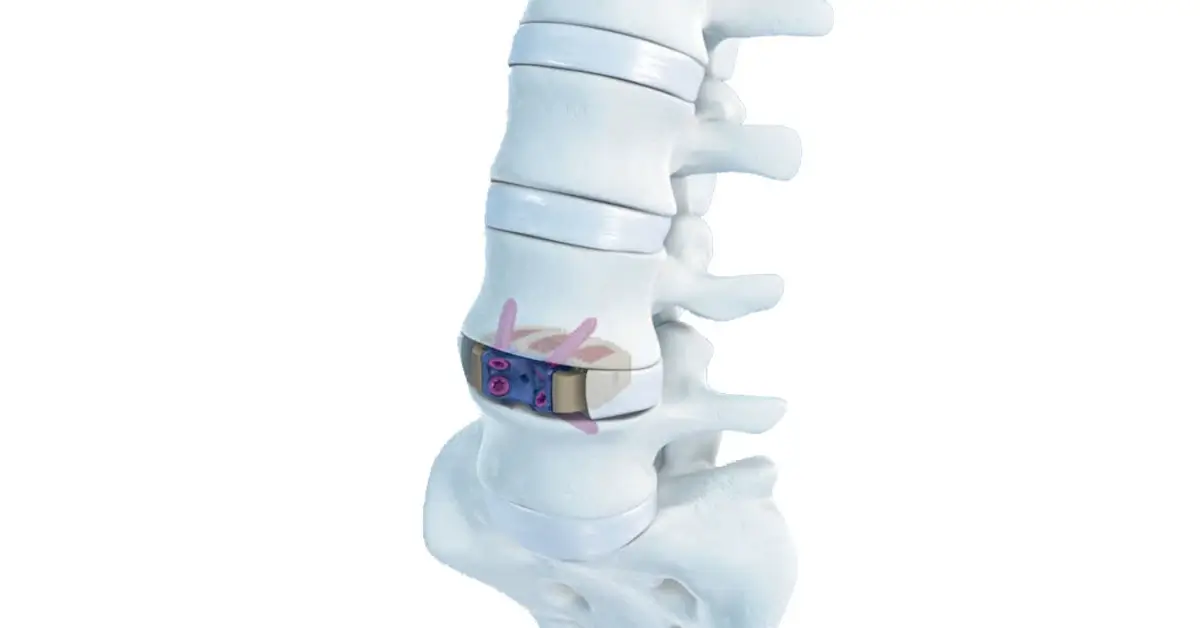Many miles separated a marathon runner/extreme athlete in Nevada from a healthcare professional in Alaska. Unfortunately, the cliché “joined at the hip” would be trite and inaccurate. What they shared was a constant, dull pain in the lower back and a diagnosis of degenerative disc disease.
In each case, physicians initiated a conservative course of treatment that most patients with back pain also experience: physical therapy and epidural injections that provided only temporary relief. For most of the population, spinal conditions that result in surgical intervention are pretty rare. Yet, for the runner and the healthcare professional additional tests (MRI scan) and exhaustive non-surgical options were no longer advisable. The surgery was presented as the ultimate medical solution, in each case Anterior Lateral Interbody Fusion (ALIF) was indicated.
After the procedure, both patients said that their low back and lower leg pain, which they had lived with for years, were pain free. He is back running and she is working at a full-time job in healthcare.
What Is ALIF?
The minimally invasive procedure was pioneered as far back as the 1950s, but Anterior (from the front) Lateral Interbody Fusion surgeries did not become more prevalent until the 1990s. That was mostly because of the development of threaded titanium cages that enabled surgeons to replace degenerative disc material to yield a higher fusion rate. In some cases a bone graft, usually taken from the patient’s pelvis, is used.
With many degenerative or traumatic diseases of the spinal column, fusion is required to maintain the alignment or prevent additional disease. This can be accomplished in a variety of ways but the goal is to cause fusion of the spinal column at the segments affected.
By approaching the spine from the abdomen and not through the lower back, surgeons during an ALIF procedure can retract, and not have to cut, abdominal muscles. Another advantage of the ALIF approach to spine surgery is that the back muscles and nerves remain intact.
ALIF vs. TLIF (Transforaminal Lumbar Interbody Fusion)
In comparison to ALIF, the TLIF procedure approaches the spine from the back, though the goal – placing a cage or bone graft between vertebrae – is similar.
Up until recently, there had been few, if any, studies comparing the two procedures. Research was reported in the Journal of Neurosurgery: Spine that found that ALIF was superior to TLIF in restoring local disc angle and lumbar lordosis (the normal arch of the back), and better long-term outcomes.
According to a study published in the journal Spine, more than 100 patients who had the ALIF procedure were asked about their outcomes 10 years after the procedure. Seventy-eight percent said they had “complete relief” or a “good deal of relief,” while 34% said their outcome was either “excellent” or “good.”
The conclusions to be taken from this study are that though both surgical options improved patients’ symptoms, ALIF was the more effective approach for promoting long-term spinal stability.
Over all, the ALIF fusion rate is more than 90%, according to the University of Rochester Medical Center. Full recovery depends on a variety of factors, depending on the level of surgery, and each patient’s specific situation. Talk to your orthopedic spine surgeon about the specific variables that can affect your fusion rate.
If you are experiencing back pain that has lasted longer than a few weeks, it may be time to be evaluated by a physician. There are many treatment options for back pain but you need a diagnosis before any of these treatments can begin.
At The Center for Musculoskeletal Disorders, our team of physicians is experienced in treating back pain with both surgical and non-surgical approaches.

